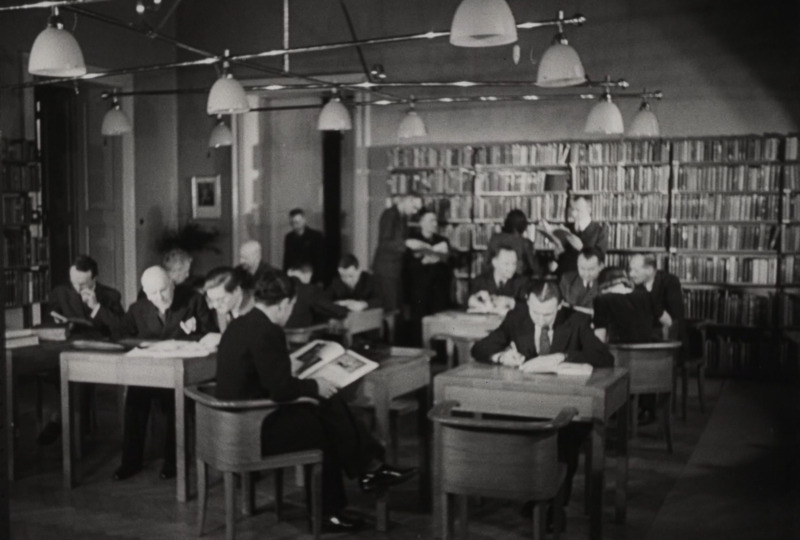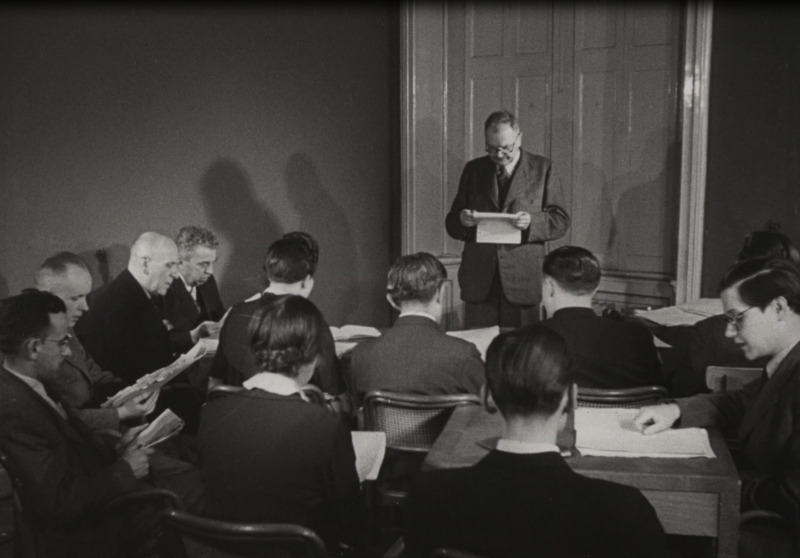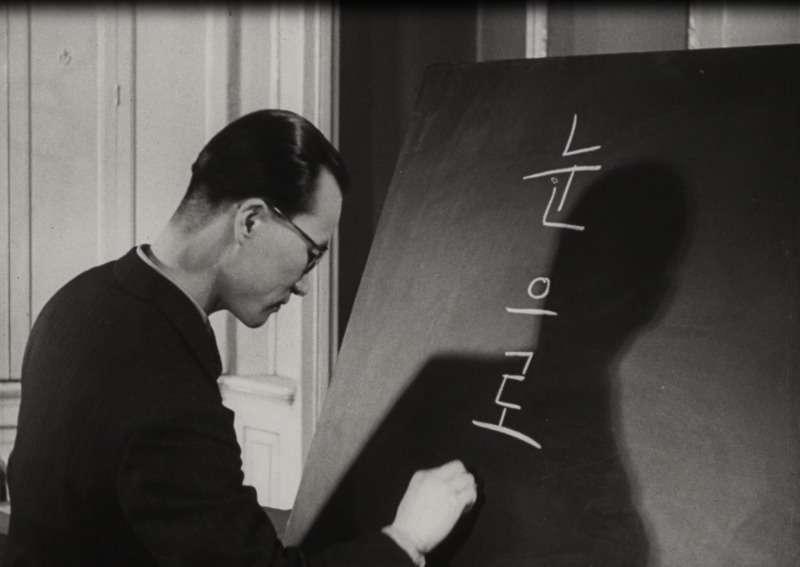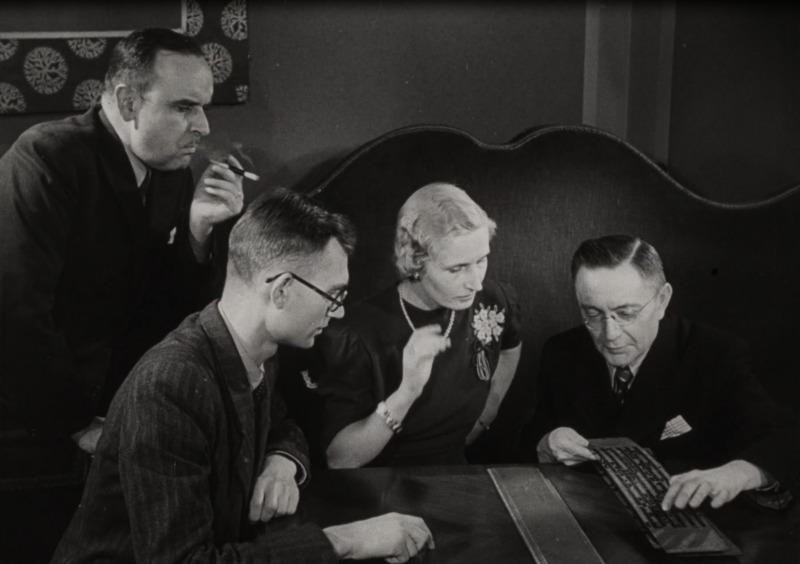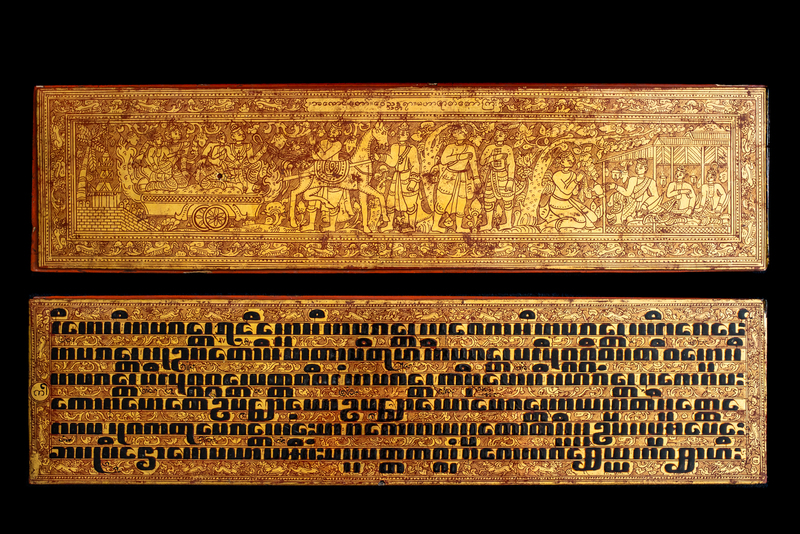The Protectorate
At the time of the closure of Czech universities during the Protectorate, the school of Oriental languages replaced, to a certain extent, university studies for those interested in the study of the Orient . The Oriental Institute was the only platform where the Orientalists could pursue research and publish articles, and served as the only training ground for students to continue their studies.
The closure of universities and the gradual retirement and firing of professors meant interrupting the continuity of many disciplines. Orientalists found refuge in the Oriental Institute, where Oriental languages, especially modern languages, could continue to be taught. During the war, the institution became the main platform, which ensured not only continuity of teaching, but also the payment of subsidies and rewards for scientific Oriental studies.*
One of the early acquisitions of the institute is a Kammavaca, a decorative manuscript considered unique to Myanmar and written in Pali language. It has been used as one of the learning materials during this period. This Kammavaca acquired by Oriental Institute is the Vessantara Jātaka, which tells the story of one of Gautama Buddha's past lives, a compassionate and generous prince, Vessantara, who gives away everything he owns. The text is written in tamarind seed, with 6 lines of text per folio, and text separators. The text is interlineated with leaves / birds, with ywe-dan (circles) and chin-thei (lion) on top and bottom, and ywe-dan (circles) and chin-thei (lion) on the ends. (Description supplied by Pedro Marquez Vidal)
References and Additional Information
*Adéla Jůnová Macková and Jůn Libor (Eds). 2022. Czechoslovakia in the Orient, the Orient in Czechoslovakia 1918-1938 = Czechoslovakia in the Orient, the Orient in Czechoslovakia 1918-1938 (Prague: Masaryk Institute and Archive of the Czech Republic, vvi)

